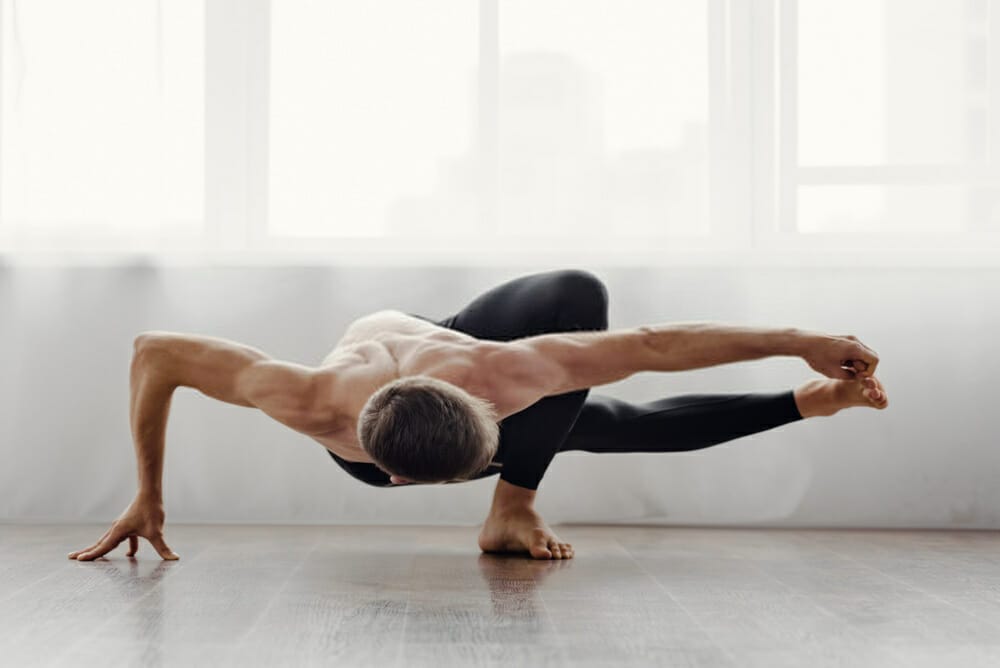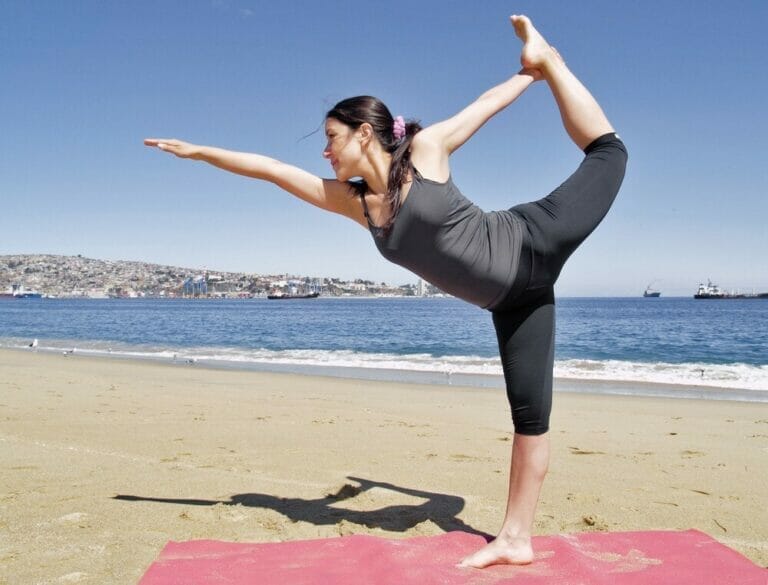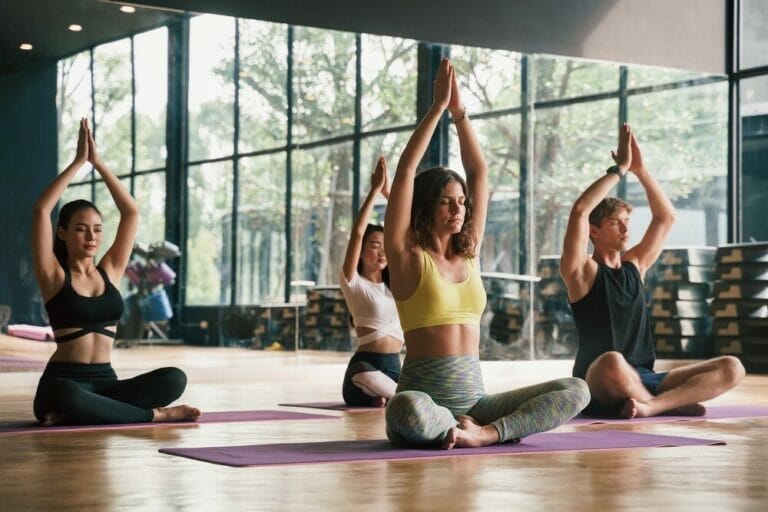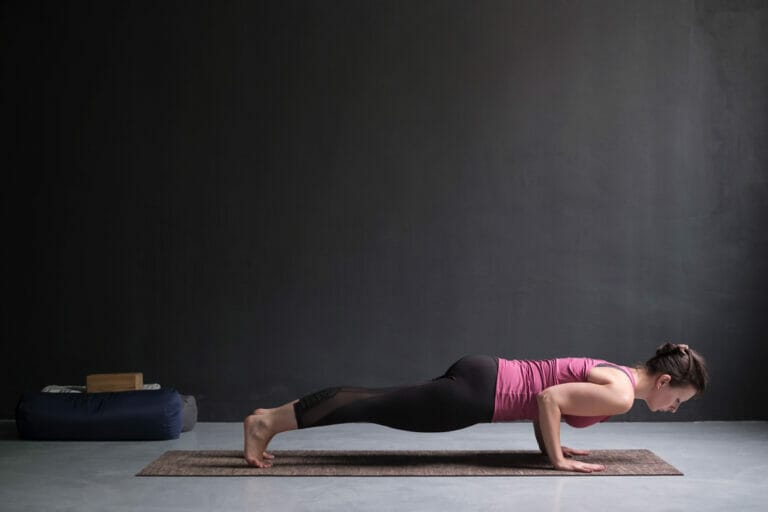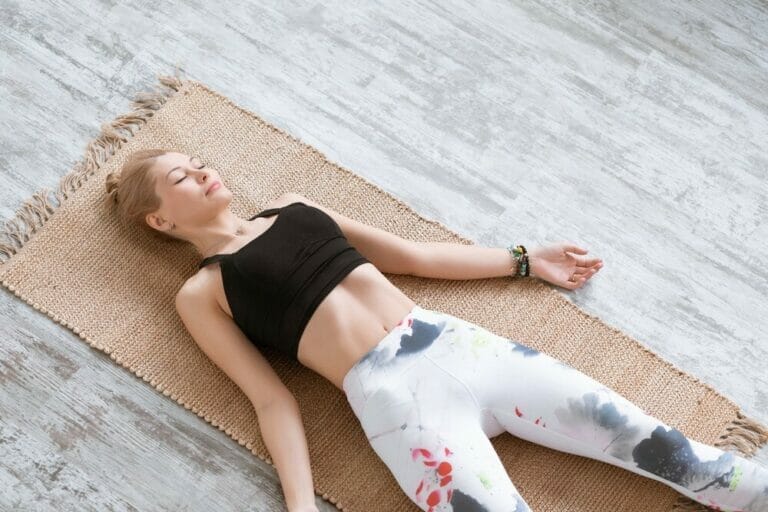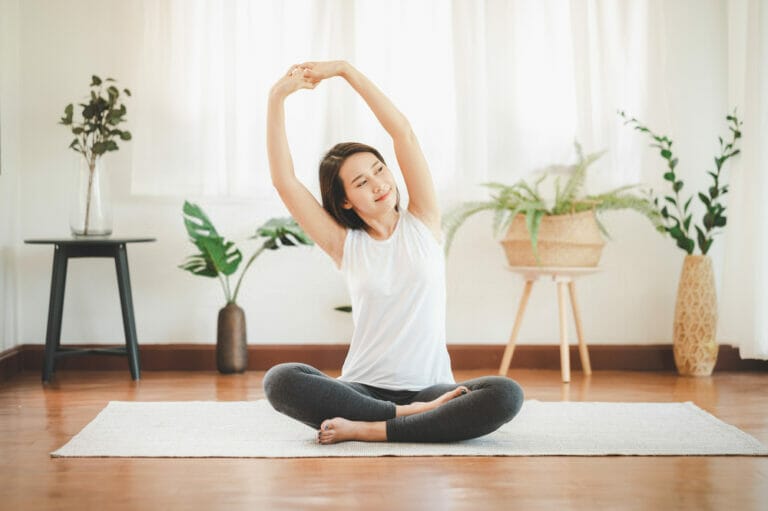Yoga Poses For Strength : Can Yoga Make You Muscular
It is not a coincidence that most athletes do yoga. It helps build your muscles, bones, and joint strength.
It enables you to take care of your body and increase core, upper, and low back strength.
Yoga has been around for centuries now! It is an activity with great benefits. From calming the mind to finding peace in the present moment to improving strength, it offers so much more than just physical aspects from what we see on a surface level.
At a deeper level, it helps us be more aware of our bodies to take better care of ourselves and improve on what is inside.
It also helps us become more flexible, making us less prone to injury and allowing us to move with ease at any age.
In the article, I will list the different types of yoga poses that help in building strength.
I will also talk about how yoga helps us be more aware of our bodies so that we can take better care of ourselves and improve what is inside.
Here Are Some Different Yoga Poses For Strength
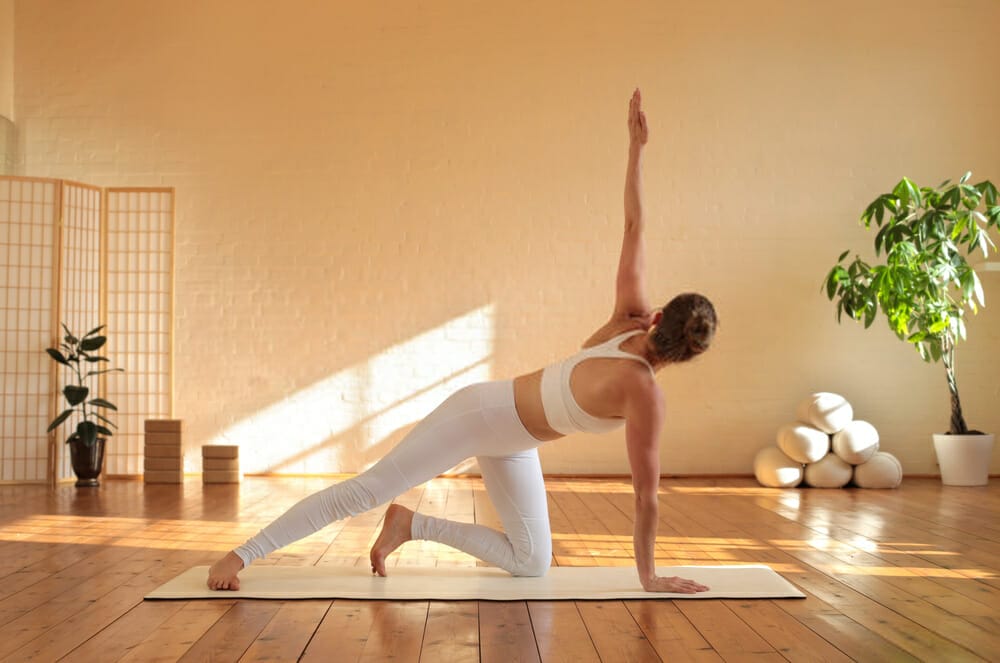
Three-Legged Dog Pose (Eka Pada Adho Mukha Svanasana)
Three-Legged Dog Pose might just be the ideal asana to build strength, you need to work on your body. You can also enhance your arms while building your core.
The Three-Legged Dog pose is also believed to tone the hips and thighs, making it an excellent addition to your regular yoga strength training.
Plank Pose (Plank)
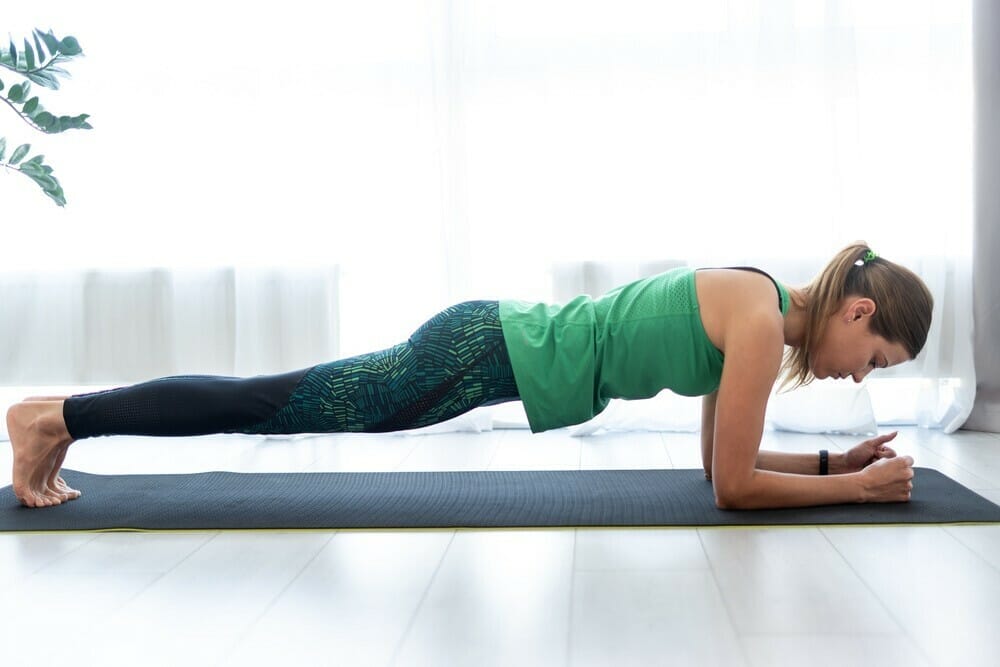
Plank is a great way to strengthen your shoulders, back, neck, and abs. It works on every muscle in the body. Plank also helps you build core strength and stability.
It is because, unlike the yoga poses like Cobra (bhujangasana), where you can lean on your elbows and forearms, Plank requires your body to hold itself up.
You have to only rely on your core muscles to keep you up.
Dolphin Pose (Matsyasana)
It is a body posture that stimulates you from your head to your toes. Throughout the pose, you will not only be strengthening your arms, core, and legs, but you will also be stretching out your legs and arms.
Activating different muscles at the same time helps you develop and strengthen your body overall.
Bow Pose (Dhanurasana)
The Bow pose strengthens the back, abdomen, legs, shoulders, arms, and chest muscles. It also helps tone the kidneys and adrenal glands.
In addition, it is believed to help increase your stamina, which can help with weight loss or gain muscle mass when you are in shape.
Molding-the-Earth Pose (Matsyasana)
The Molding-the-Earth Pose improves strength in the upper back, shoulders, arms, and abdomen. It also helps to improve balance and flexibility.
It is believed to have excellent benefits if you suffer from low back pain or any other related problems because of weak core muscles.
In addition, this pose helps the cramps and muscular imbalance that you might be suffering from in your lower back.
Camel Pose (Ustrasana)
The Camel pose is believed to help strengthen your core, upper and low back. It’s an ideal way to improve and even prevent lower back pain when done regularly. It would also help you tone your arms and increase flexibility.
Crescent Lunge Pose (Anjaneyasana)
The Crescent Lunge strengthens your back, shoulders, arms, and abdomen. It also tones the hips and thighs.
It is helpful for people who suffer from low back problems or have a weak lower back because of the natural curve that helps in supporting the lumbar area of the spine.
Also, it is excellent for toning up your legs and improving flexibility.
Warrior II pose (Virabhadrasana II)
Warrior II pose is a great way to build strength in your core, back, shoulders, and arms. It works on your shoulders, lower and upper back. It also helps tone the arms, legs, and abdomen. It also helps in improving flexibility.
Triangle Pose (Trikonasana)
The Triangle Pose strengthens your torso with its focus on the waist muscles. It also helps build your arms, shoulders, and back muscles.
It also improves your sit-ups. In addition, the triangle pose stretches the hips, hamstrings, chest, and spine while strengthening the thighs, back, and obliques.
Boat Pose (Narmada Padasana)
Boat Pose strengthens all the muscles from the waist down and will improve flexibility in your lower body.
It's a perfect way to tone up your abs and legs while building strong arm and shoulder muscles simultaneously.
There are many variations to the boat pose, which can change the intensity of the pose.
Locust Pose (Salabhasana)
The Locust Pose strengthens your abs, thighs, arms, and back. It tones your spine and engages your abdominal muscles as you lift your body backwards and forward. It improves flexibility too.
Wheel Pose (Ardha Chandrasana)
The Wheel Pose strengthens your upper body, arms, and back. It also helps build your legs and core. It also improves core strength and flexibility while toning your arms and legs.
Tree Pose (Makarasana)
Tree pose strengthens your lower back, abs, thighs, knees, and calves. It tones all a great way to tone up the body, focusing on the thighs, lower back, hips, buttocks, and abs.
Side Plank
Get into the Side Plank pose if you want to add power to your core. First, learn how to do the pose correctly, and you’ll feel how deep the stretch can be.
Then, side Plank gets to work on your obliques, delivering strength throughout your entire core, as well as in your arms and shoulders.
Crow Pose
With Crow Pose, you will not only tone your arms and thighs, but you will also be strengthening your core. You can do this asana lying or standing. It improves flexibility and balance as well.
Conclusion

As you can see, many yoga poses help us build our strength and many different variations. Since we are all different in building up our muscles, it is best to find the one that works best for you.
Wear a belt if you have a weak core, or work on your flexibility if you don't feel comfortable.
Once you master the pose and hold it for at least a minute, gradually increase the time. You need to slowly build up your strength by doing the pose for at least three days a week.
The more you do it, the stronger and more flexible you will become.
As a caution, if you are recovering from an injury or surgery, it is best to consult your doctor before attempting any yoga poses listed above.

